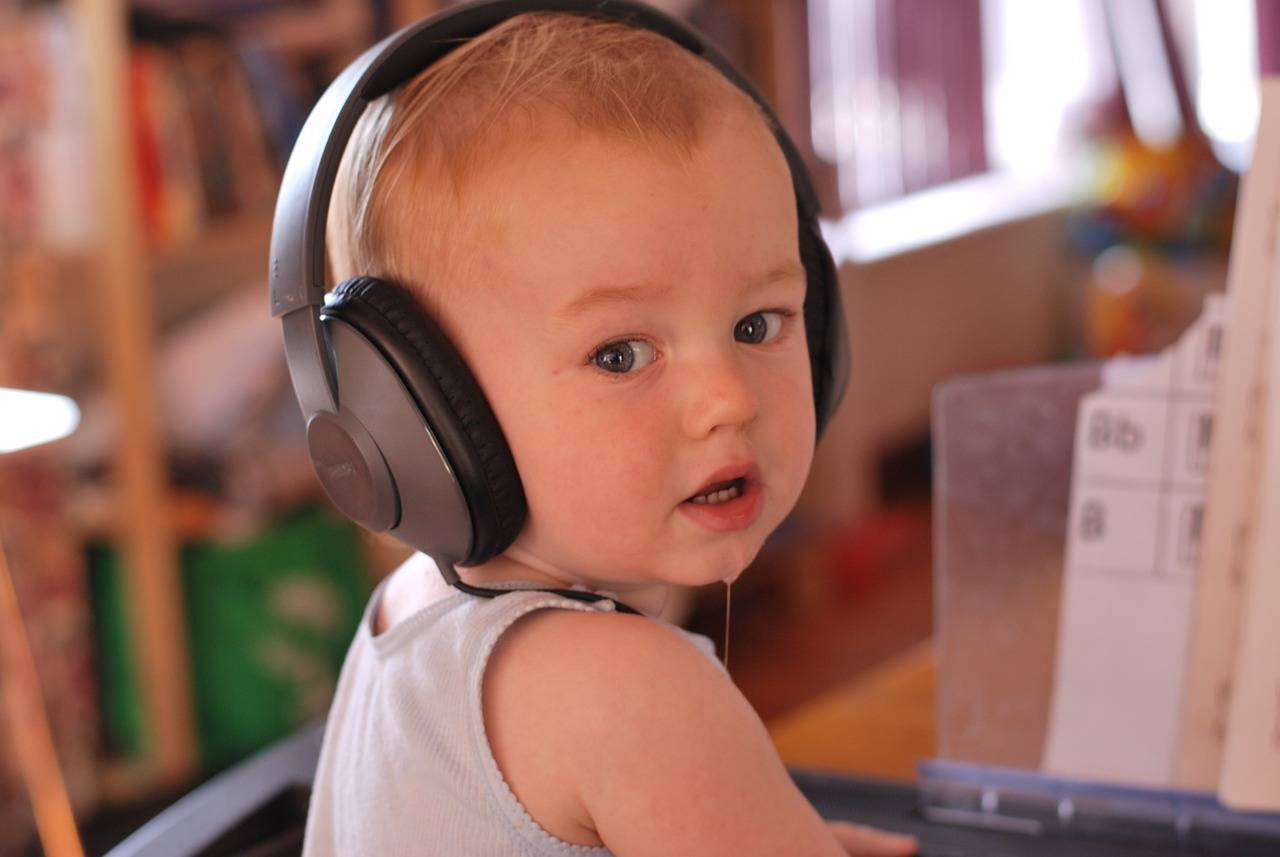Exploring the Intersection of Gaming and Education: Gamification, Edutainment, and Learning through Play
In recent years, educators have increasingly recognized the potential of integrating gaming into educational settings. Through gamification, learning becomes not only engaging but also effective in fostering skills such as problem-solving, critical thinking, and collaboration. By immersing students in interactive virtual worlds, gaming provides a dynamic platform for hands-on learning, where individuals can explore, experiment, and learn from their experiences in a safe and controlled environment.
Moreover, gaming in educational settings has the ability to cater to diverse learning styles and preferences. While traditional teaching methods may not resonate with all students, gaming offers a personalized approach that adapts to individual needs and pace of learning. By incorporating elements of competition, rewards, and immediate feedback, gaming motivates students to actively participate in their learning process, leading to increased retention and understanding of concepts.
Benefits of Gamification in Learning Environments
Gamification in learning environments has shown to enhance student engagement and motivation. By incorporating game elements like points, rewards, and competition into educational activities, students are more inclined to participate and persist in their learning. This increased engagement can lead to improved knowledge retention and a deeper understanding of the material.
Furthermore, gamification can foster a sense of accomplishment and intrinsic motivation in students. When learners are able to track their progress, set goals, and receive immediate feedback, they are more likely to stay focused and invested in their learning journey. This intrinsic motivation can result in higher levels of student participation and a more positive attitude towards learning.
• Gamification enhances student engagement and motivation
• Incorporating game elements like points, rewards, and competition increases participation
• Increased engagement leads to improved knowledge retention and deeper understanding of material
• Gamification fosters a sense of accomplishment and intrinsic motivation in students
• Tracking progress, setting goals, and receiving immediate feedback keeps learners focused
• Intrinsic motivation results in higher levels of student participation and positive attitude towards learning
The Rise of Edutainment in Educational Media
Edutainment, the fusion of education and entertainment, has been gaining traction in educational media. This approach aims to engage learners through interactive and enjoyable content, making learning more accessible and enjoyable. By incorporating elements of entertainment such as games, videos, and interactive activities, educational media can enhance the overall learning experience for students of all ages.
One of the key advantages of edutainment in educational media is its ability to increase student motivation and engagement. By making learning fun and exciting, students are more likely to actively participate and retain information. This not only improves academic performance but also fosters a positive attitude towards learning. Additionally, edutainment can cater to different learning styles and preferences, making it a versatile and effective tool in educational settings.
What is edutainment?
Edutainment is a form of media that combines education and entertainment, making learning more engaging and enjoyable.
How can gaming be used in educational settings?
Gaming in educational settings can help students learn through interactive and immersive experiences, making learning more interactive and engaging.
What are some benefits of gamification in learning environments?
Some benefits of gamification in learning environments include increased student engagement, motivation, and retention of information.
Why has edutainment become more popular in educational media?
Edutainment has become more popular in educational media because it offers a more engaging and interactive way for students to learn, making learning more enjoyable and effective.






